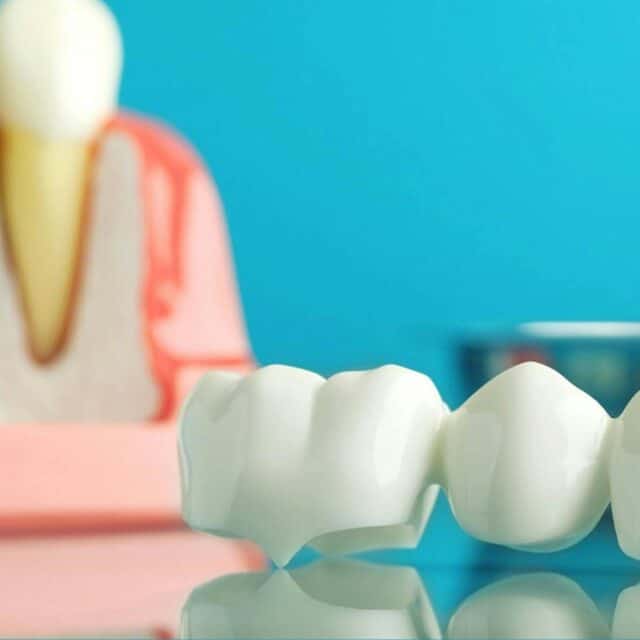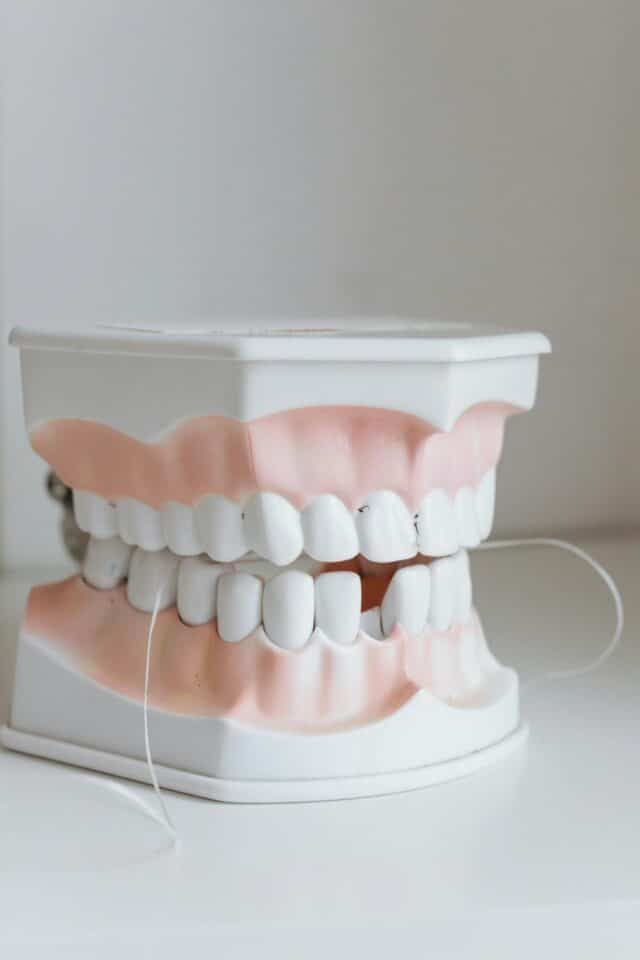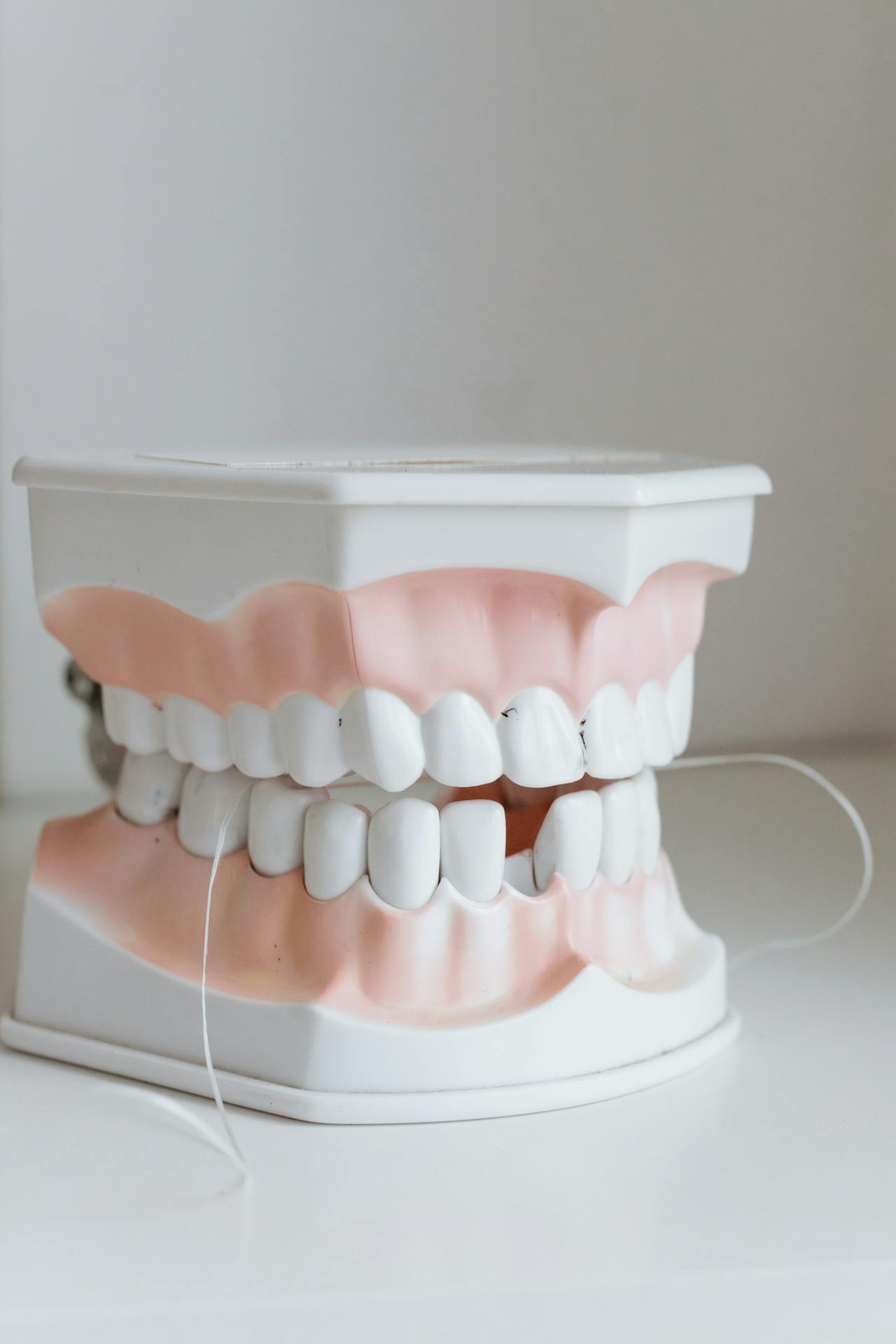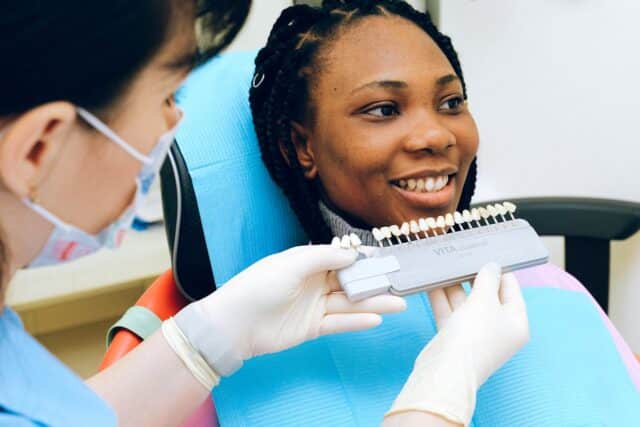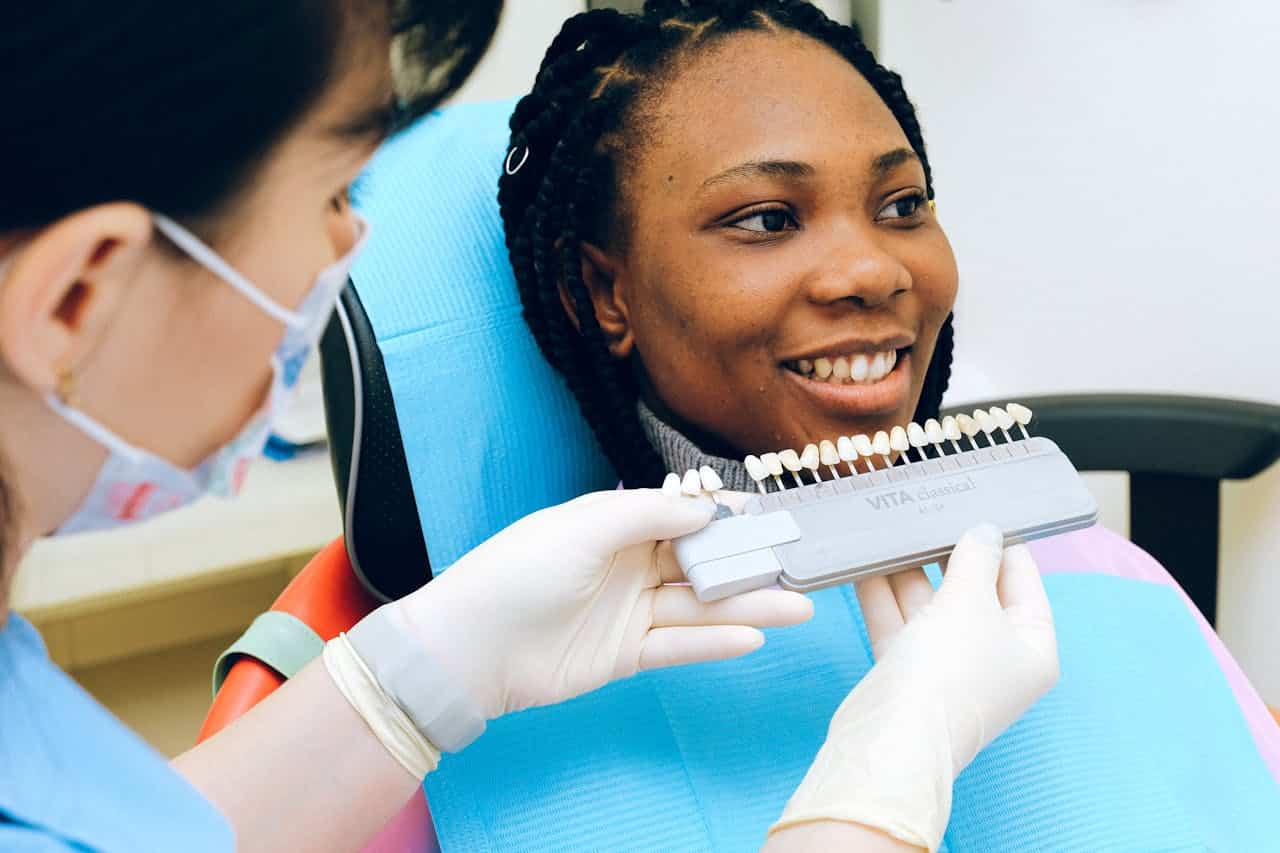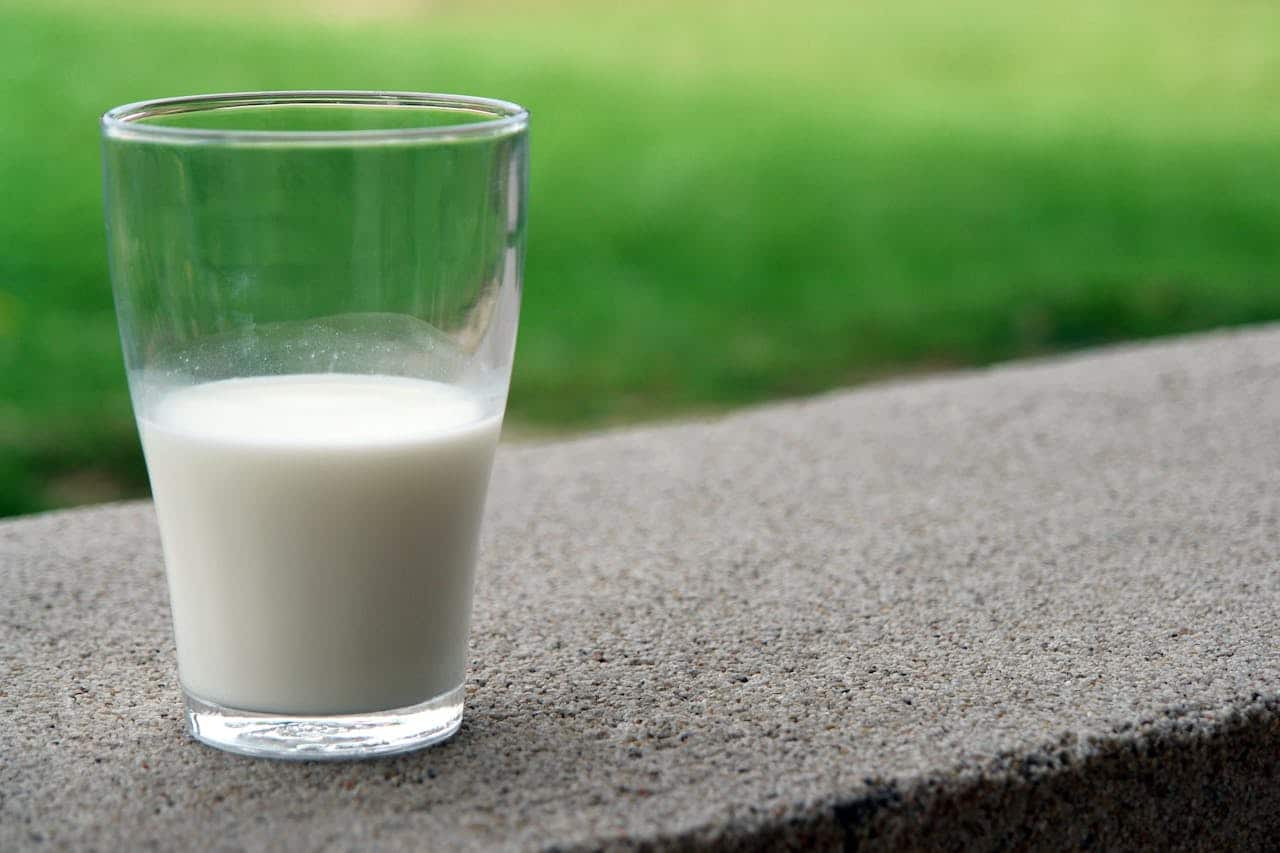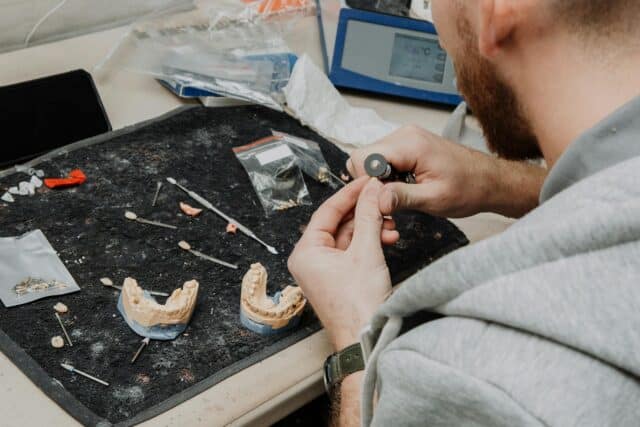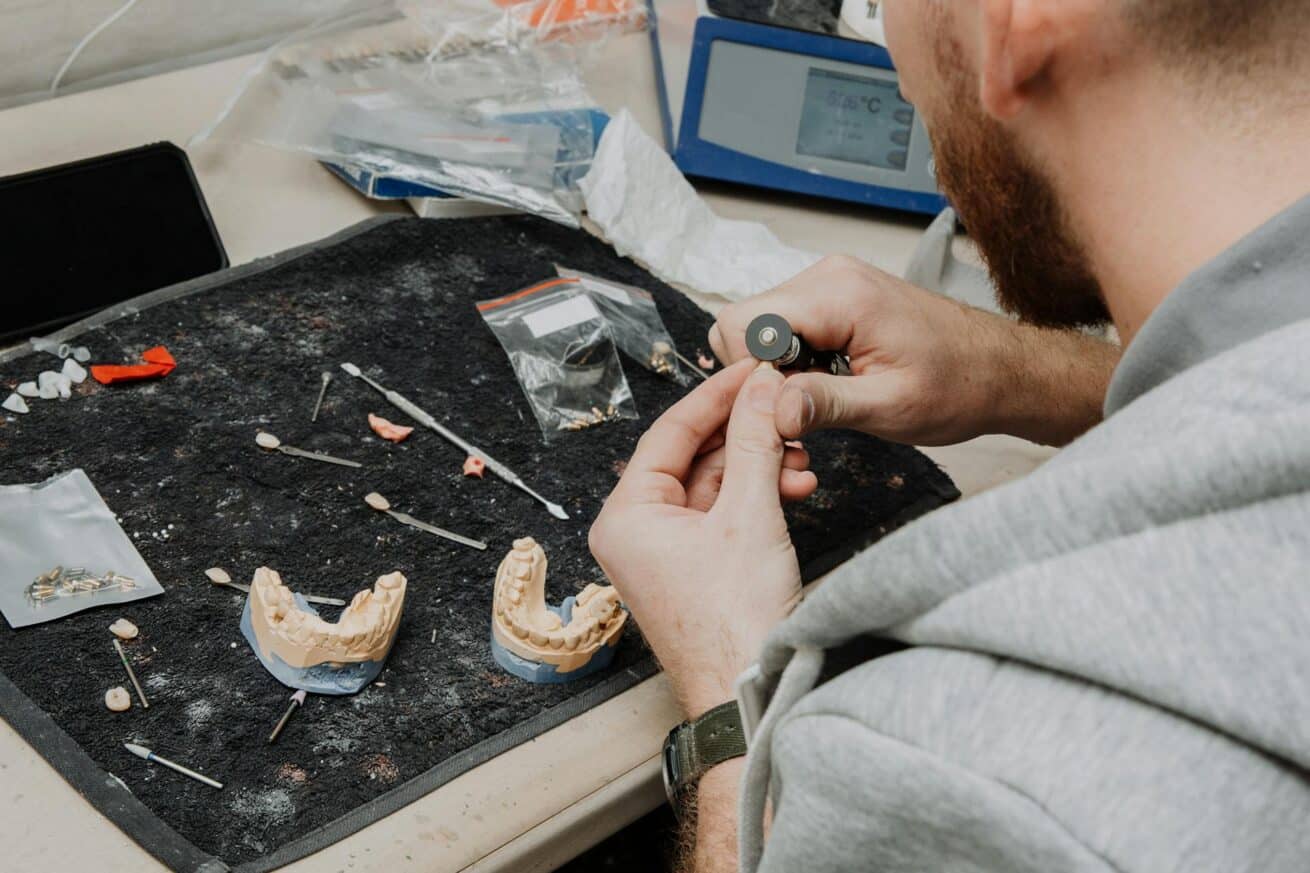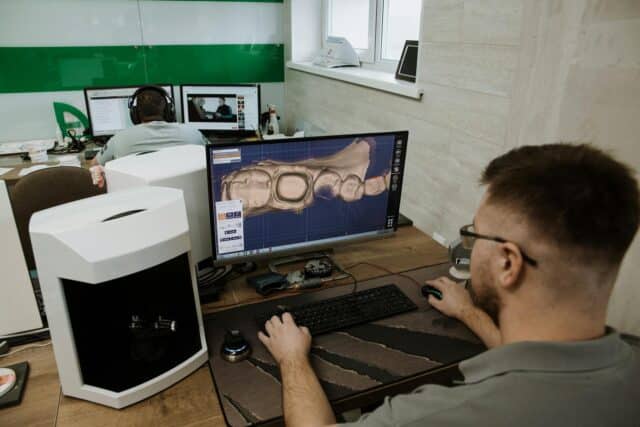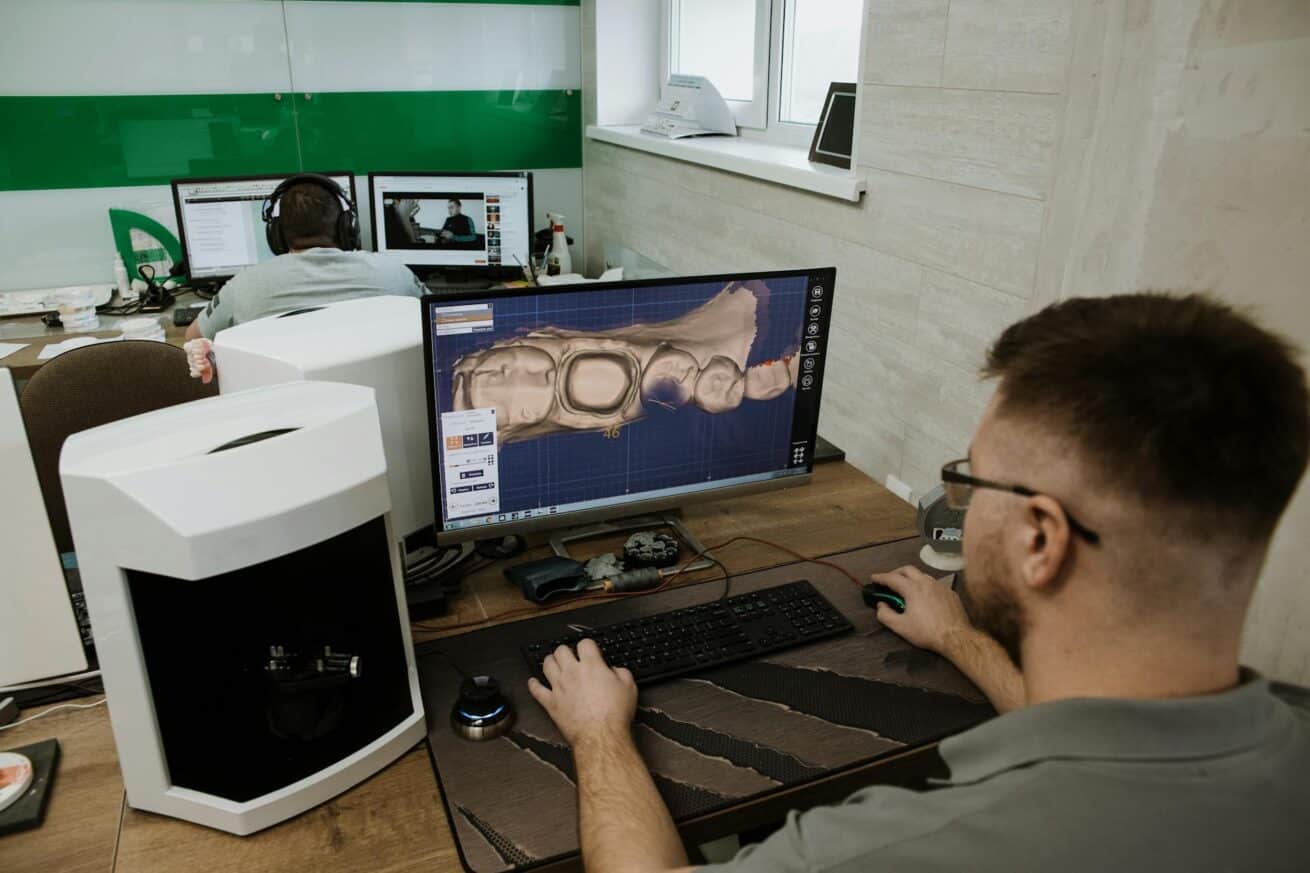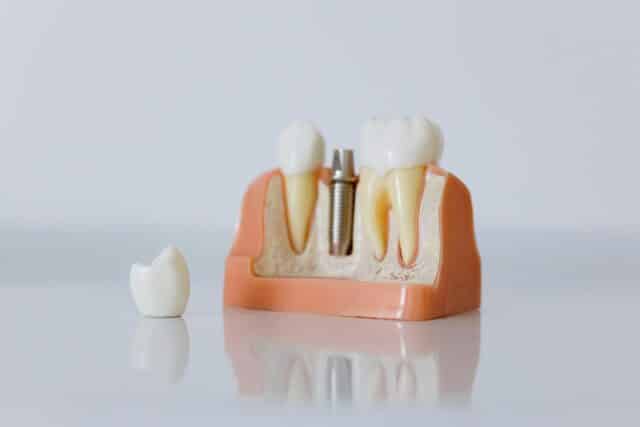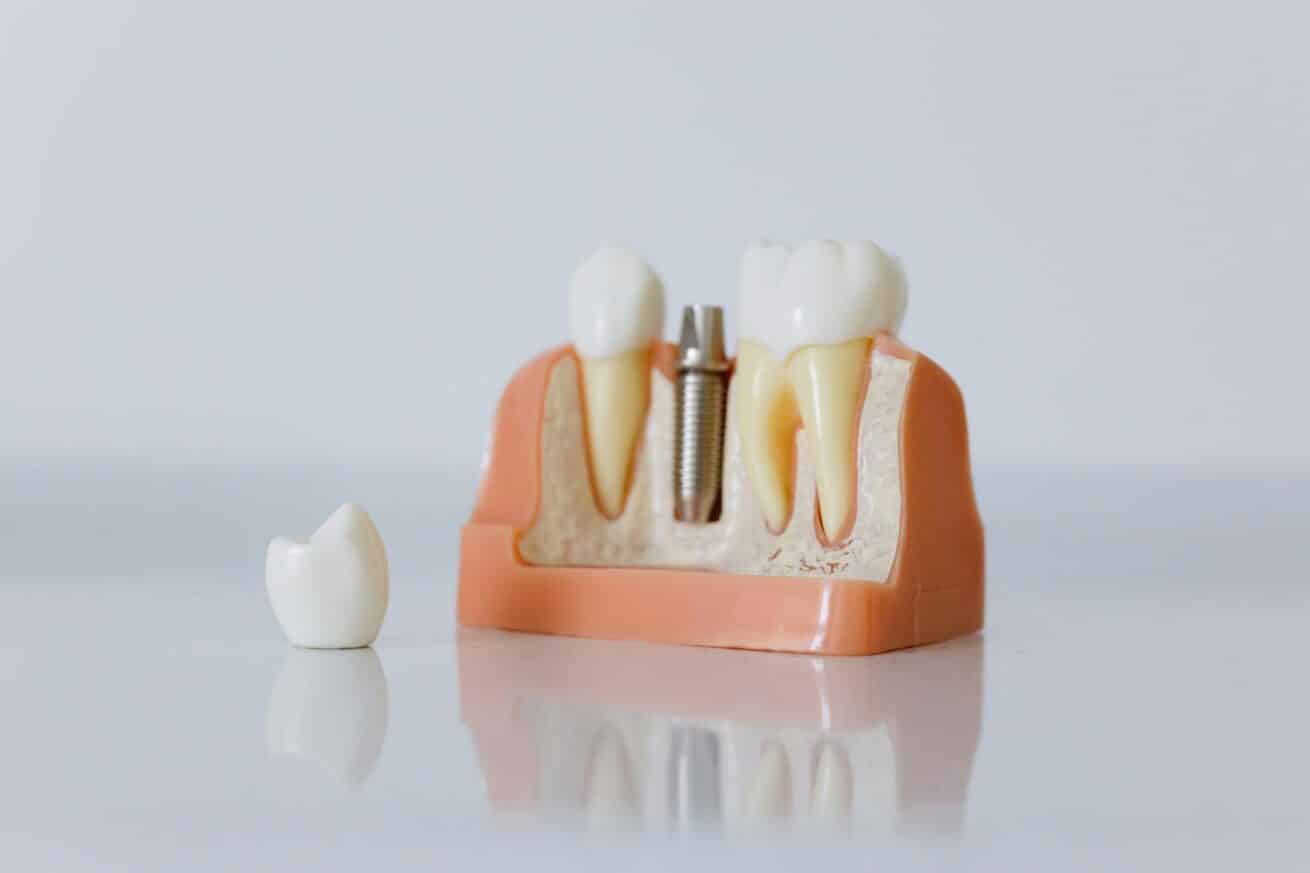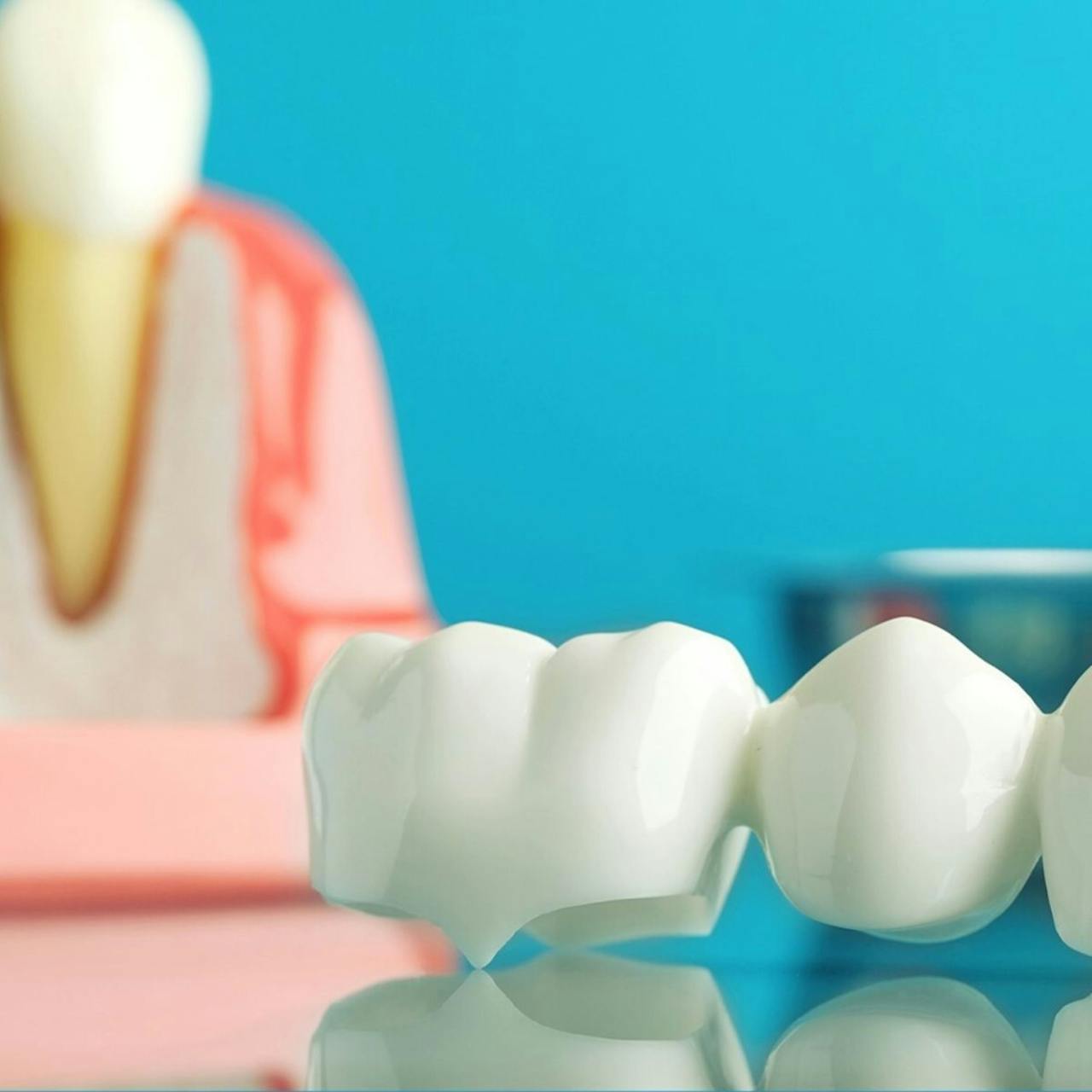
People with missing teeth can experience various issues, ranging from poor oral health to unclear speech. Fortunately, modern dentistry can provide implant-supported prosthetics, which provide durable, functional, and aesthetically pleasing solutions.
Among the most popular of these solutions are fixed implant bridges, which provide a permanent and effective way to restore dental function and improve the quality of life of a patient. If you want to explore the option of fixed implant bridges, here’s what you should know before scheduling an appointment with a qualified implant dentist.
What Are Fixed Implant Bridges?
Fixed implant bridges, or fixed partial dentures, are prosthetic dental devices designed to replace multiple missing teeth. Unlike traditional removable dentures, these bridges are permanently anchored by dental implants surgically placed into the jawbone. These implants provide a stable and secure foundation for the bridge, custom-made to match the appearance of the patient’s natural teeth, ensuring a natural look.
This dental solution can replace several missing teeth in a row, providing aesthetic and functional benefits. Implant-fixed bridges offer greater stability and durability compared to traditional bridges, which rely on the support of adjacent teeth.
What Are the Different Dental Bridges?
Traditional Bridges
These use a crown for the teeth on either side of the gap before placing a false tooth (or teeth) in between. The adjacent teeth act as anchors, which support the bridge. While effective for restoring function, this approach can compromise the health of the supporting teeth over time.
Cantilever Bridges
Cantilever bridges are used when only one adjacent tooth is available. This design places extra pressure on the supporting tooth, increasing the risk of damage or bridge failure. They are typically recommended in cases where only minimal stress will be applied to the bridge.
Maryland Bridges
Maryland bridges use metal or porcelain wings bonded to the back of adjacent teeth, avoiding the need for crowns. This option is less invasive but less durable than other bridges and is often used for front teeth where bite forces are not as strong.
Implant-Supported Bridges
Implant-supported bridges are secured with dental implants instead of neighboring teeth, providing superior stability and longevity. This method preserves the adjacent teeth and stimulates the jawbone, preventing bone loss. It’s ideal for patients missing multiple teeth and seeking a permanent, durable solution.
Benefits of Fixed Bridges
By opting for a fixed implant bridge, patients can enjoy the following benefits compared to other dental bridge options:
Enhanced Aesthetics
Fixed implant bridges are designed to closely resemble the appearance of natural teeth, making them virtually indistinguishable from your original smile. This improves patients’ confidence and gives them a more attractive smile, especially when dealing with visible missing teeth.
Improved Chewing and Speaking
Missing teeth can make it difficult to chew and speak clearly. Fixed implant bridges restore full dental function, allowing patients to enjoy a normal diet without restrictions and communicate clearly. The solid support from the implants prevents shifting or discomfort during use.
Long-Lasting Durability
Implant-supported bridges with proper care are designed to last for many years, often decades. Unlike traditional bridges, which may need to be replaced after a certain time due to wear, implant bridges are much more resistant to damage and wear due to their strong foundation.
No Impact on Adjacent Teeth
Traditional bridges require the adjacent teeth to be filed down to support the bridge. Implant-supported bridges, however, do not rely on neighboring teeth, meaning those teeth remain intact and unaffected, leading to better long-term dental health.
Dental Bridge Procedure
The process of receiving an implant-supported fixed bridge typically involves several steps over a few months:
- Initial Consultation: The dentist will assess your oral health, take X-rays to ensure adequate bone density, and determine if you’re a candidate for implant-supported bridges.
- Implant Placement: During this surgical procedure, titanium implants are placed into the jawbone at the sites of the missing teeth.
- Healing and Osseointegration: The implants need time to fuse with the jawbone, which typically takes three to six months. During this period, temporary bridges or dentures may be used.
- Abutment Placement: Once the implants have fully integrated with the bone, an abutment is placed on each implant.
- Bridge Placement: Finally, the custom bridge fabricated to match your natural teeth is secured to the abutments.
What Are the Risks of Implant Dental Bridges?
While fixed implant bridges are generally safe and effective, there are some potential risks and complications to be aware of:
- Infection at the Implant Site: As with any surgical procedure, there is a risk of infection. Maintaining good oral hygiene and following post-operative care instructions can help mitigate this risk.
- Implant Failure: In rare cases, the implants may fail to properly integrate with the jawbone. Factors like smoking, poor oral hygiene, or pre-existing conditions like diabetes can increase this risk.
- Nerve Damage: There is a small risk of nerve damage during implant placement, which can cause numbness, tingling, or pain in the gums, lips, or chin.
- Sinus Problems: Implants improperly installed in the upper jaw may protrude into the sinus cavities, leading to sinus infections or discomfort.
How Long Is the Procedure Recovery?
Recovery from the implant placement surgery typically takes a few days to a week, depending on the complexity of the procedure. Most patients experience mild discomfort, swelling, and bruising, which can be managed with over-the-counter pain medication.
The osseointegration process, during which the implants fuse with the jawbone, takes several months. During this time, patients should avoid hard or chewy foods and maintain good oral hygiene.
The final placement of the bridge happens once the implants have fully healed, which may take up to six months.
Find Long-Term Solutions for Oral Health With Archpoint Implant Dentistry

Fixed implant bridges offer a long-term solution to missing teeth, providing functional and aesthetic benefits. If you’re looking for a durable, natural-looking option to restore your smile and improve your quality of life, book an appointment at Archpoint Implant Dentistry for a free initial consultation.
